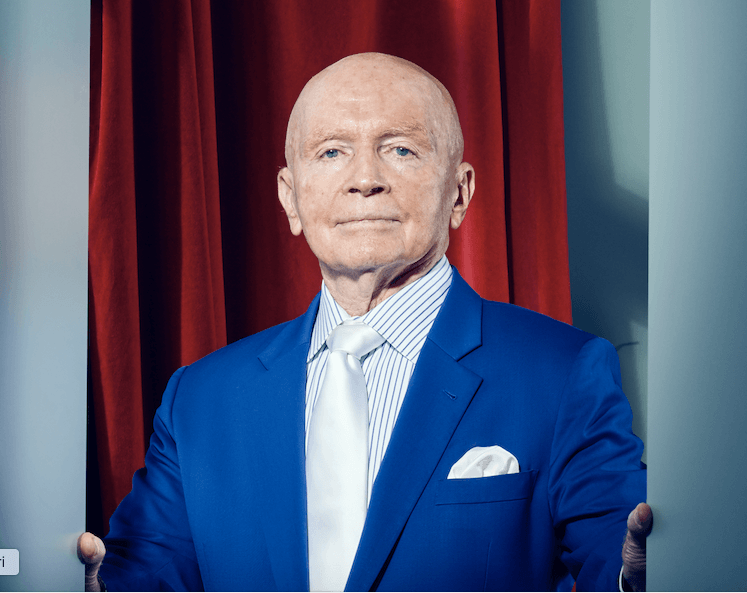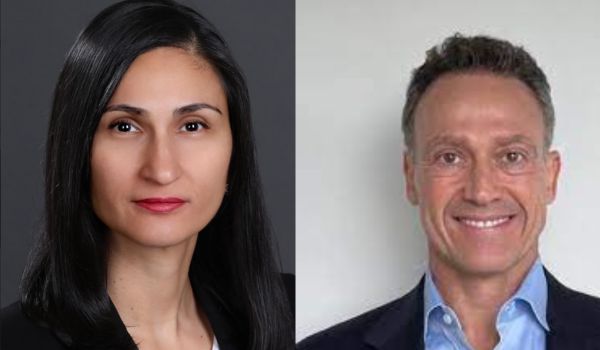
Americans are ready to travel for the holidays. For the third consecutive year, Deloitte explores travel intent ahead of the pivotal holiday season and the overall impact on the travel industry.
According to this year’s report, “2023 Deloitte Holiday Travel Survey,” concerns about health and travel delays are diminished as consumers across income groups map out trips to make this holiday season a memorable one.
Nearly half (48%) of Americans intend to travel between Thanksgiving and mid-January, with a larger share taking trips beyond only visiting family and friends. Desire to keep traditions alive may convince travelers to pack their bags, though many are evaluating how often, and for how long, they head out this season.
While more Americans intend to travel, they will take fewer trips (1.88 in 2023 vs. 2.01 in 2022) that are shorter in duration (75% say their longest trip will last one week or less vs. 69% in 2022), but plan to spend more this year ($2,725 in 2023). With fewer trips planned, travel concentrates around two major holidays: Thanksgiving through the end of November (33%) and Christmas through New Year’s Eve (27%). Trips get longer farther into the holiday season.
Holiday travelers are keen to connect with loved ones: 58% say time with friends and family is the top motivator for their longest trip this season. Another 51% seek rest and relaxation. While both are often big travel motivators, travelers put a greater emphasis on these factors during the holidays than in the summer.
Boomers are traveling again: They constituted just one-fifth (21%) of the traveling public over the holidays in 2022; this year the group will make up 29% of travelers. Boomers also tend to spend more per trip compared to Gen Z and Millennials.
Younger generations plan to take more trips and to spend more across the season: Gen Z travelers plan an average of 2.1 trips over the holidays, a close second to millennials at 2.2. One in 4 Gen Z travelers say they will significantly increase their budgets year-over-year, the highest portion of any generation.
About 1 in 5 travelers (18%) say they are spending significantly less on holiday travel than last year. The same share of travelers (18%) plan to spend significantly more this season. Financial concerns are the main reason travelers will spend less, while higher prices are the top factor they plan to spend more.
For those not traveling, finances are the top deterrent (38%). Health and disruption worries are lower on the list, cited by only 11% of non-travelers each (compared to 18% in 2022) and indicating that the concerns of prior years may be leveling out.
Travelers pack away some pandemic-era preferences
Some preferences that saw a surge during the pandemic are declining as travelers plan to return to hotels and international destinations in greater numbers. As Americans return to travel’s new normal, the influence of younger generations is growing, elevating the role of social media in trip planning.
Hotels are back in a big way, as 56% of holiday travelers plan to book a stay at some point this holiday season, up from 35% in 2022. Preference for private rentals remains flat at 15%.
More than one-third (37%) of travelers will take a flight at least once during the holiday season. Meanwhile, about half (53%) of American travelers are planning road trips, down from nearly two- thirds (64%) in 2021.
While 26% of air travelers will fly to international destinations, overseas travel makes up a bigger share of travel in early January compared to the rest of the season. International travelers are also more likely to stay in paid lodging (73% in hotels and 28% in private rentals for at least part of their longest holiday trip), as 1 in 5 say they are making up for trips they missed out on due to the pandemic. International travelers are more likely to rely on social media to select their travel destinations (52% vs. 39% domestic travelers) as well as social content like apps, videos, travel websites and Generative AI.
Participation in travel activities is up across most categories year-over-year, including visiting a major attraction (43% in 2023 vs. 36% in 2022) and attending a ticketed event such as a concert or festival (30% in 2023 vs. 23% in 2022).
Gen Z and millennials lead in efforts to travel more sustainably, particularly when it comes to prioritizing hotels with higher sustainability ratings (23% and 25%, respectively), which is the most popular environmentally conscious travel choice.










